
Keeping up with cutting-edge wildlife research, as well as changes in state and national wildlife-oriented programs and legislation, can be a daunting task. Here we briefly summarize some of the key work taking place that will be of interest to wildlife enthusiasts.
Estimating Mammal Abundance with Thermal Camera Drones
A study published in the Wildlife Society Bulletin details how researchers at Wake Forest University in North Carolina used drones equipped with thermal cameras to count wildlife. Comparing the results obtained by using several techniques—cameras, capture-and-release, and thermal camera drone flights—the research team found that the population counts of white-tailed deer on a 430-acre facility were 90 to 92 percent accurate with thermal contrasts optimized during evening flights. The team also found that flying the drones over 10 to 20 percent of the facility provided an accurate estimate of the deer population.
The technique could be useful in monitoring and controlling invasive species, such as feral swine, or to monitor large predators, such as bears.
Novel Chemicals in Great Lakes Eagles
A recent study published in Environmental Pollution reports that several PFAS—a group of human-made chemicals found in many household products, such as cleaning products, stain repellants, Teflon and more—were found in concerning levels in bald eagles nesting close to the shores of the Great Lakes.
Using eggs and plasma of bald eagles from around the Great Lakes area, researchers looked for the presence of a variety of older and newer chemicals. Among the chemicals found were so-called legacy PFAS, compounds that have been banned but persist in the ecosystem, such as DDT, that are impossible to break up. Nearly 30 PFAS were found during the study. Researchers expect many more are likely out there, and say that while little can be done to clean up legacy chemicals in the ecosystem, efforts can focus on decreasing the production of new chemicals.
Genetics May Help Fight CWD in Captive Herds

Genetics may be useful in determining how susceptible deer and other cervids are to contracting chronic wasting disease (CWD). Using captive animals, scientists have identified a handful of sites in the white-tailed deer genome that let them distinguish animals highly susceptible to CWD with greater than 80 percent accuracy. The research is proceeding to a second phase of study with hopes researchers will be able to categorize animals as being minimally susceptible, moderately susceptible or highly susceptible to CWD. The report was published in G3: Genes, Genomics, Genetics.
Maximizing Prairie Pothole Pintail Success
The breeding range of northern pintails (Anas acuta) stretches widely across the Prairie Pothole states and provinces of Canada and the United States, with their springtime arrival occurring just before the annual agricultural season starts. Often, what the birds think is good habitat becomes an ecological trap as fields are tilled, ponds drained and predators—coyotes, raccoons and foxes—gain new cover to hide in. A study published recently in the Journal of Animal Ecology reports increased pintails in the nesting period when there were more ponds on the landscape and that mechanical tilling and predators contributed to declines in pintail numbers in the region. While other dabbling duck species relocated their nests when these problems were encountered, pintails were less likely to re-nest. Non-profit groups in the area are looking into ways to change farming practices to maximize pintail nesting success.
Video Series on Feral Swine Damage

Invasive feral swine (Sus scrofa) damage agriculture, property, native species and ecosystems throughout the country. Under the USDA a series of videos is under development to chronicle the stories of farmers, ranchers and others directly impacted by feral swine damage. The first in the series will examine the impacts feral swine have in Mississippi. Future episodes will cover topics of pecan growers and white-tailed deer hunters in Oklahoma as well as sheep, goat and cattle ranchers in Texas. Watch the first video at https://youtube/DG2OOlkriW8. To receive alerts of future videos subscribe to the USDA-APHIS YouTube channel and the Feral Swine in America Playlist.
Bobwhites Listen to Each Other When Picking Habitat
In a paper published in the Journal of Field Ornithology, University of Illinois at Urbana-Champaign lead researcher Michael Ward reports that northern bobwhites—whose populations have been declining for years because of habitat loss—are attracted to a habitat based on whether other bobwhites are present. This phenomenon, called conspecific attraction, could aid conservation efforts. Researchers played recordings of bobwhite songs to see whether they could attract birds to unoccupied sites in Louisiana. Calls were played on an MP3 player to mimic the natural singing behavior of bobwhites, with recordings played more often in the morning and less in the afternoon. Recordings brought in 12 to 15 birds. Researchers feel the method could help increase the number of bobwhites in areas with suitable habitat.
Kathy Andrews Wright retired from the Illinois Department of Natural Resources where she was editor of OutdoorIllinois magazine. She is currently the editor of OutdoorIllinois Journal.





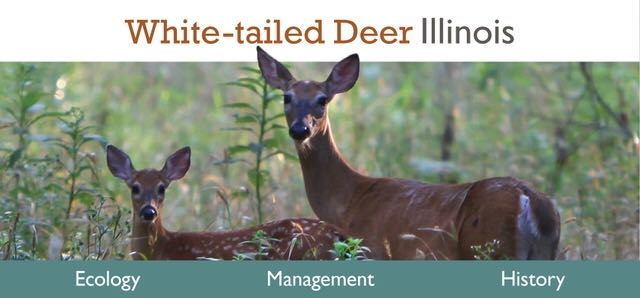
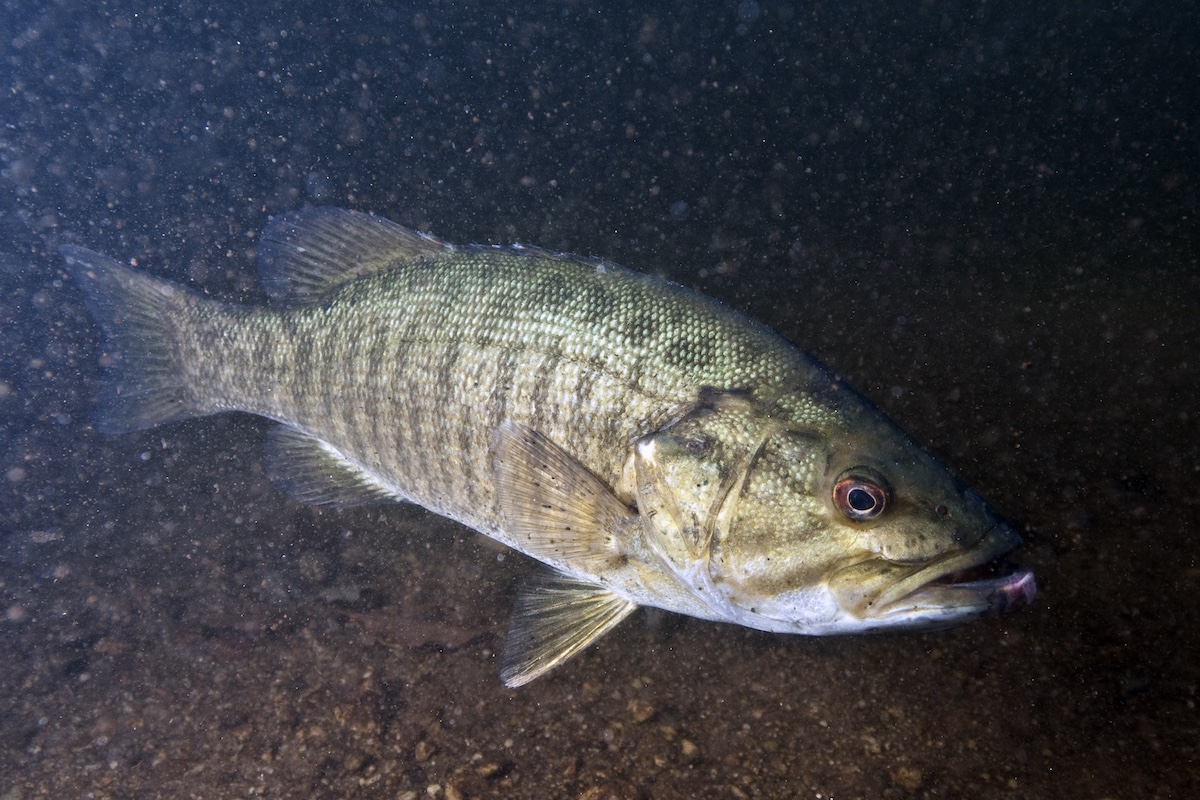
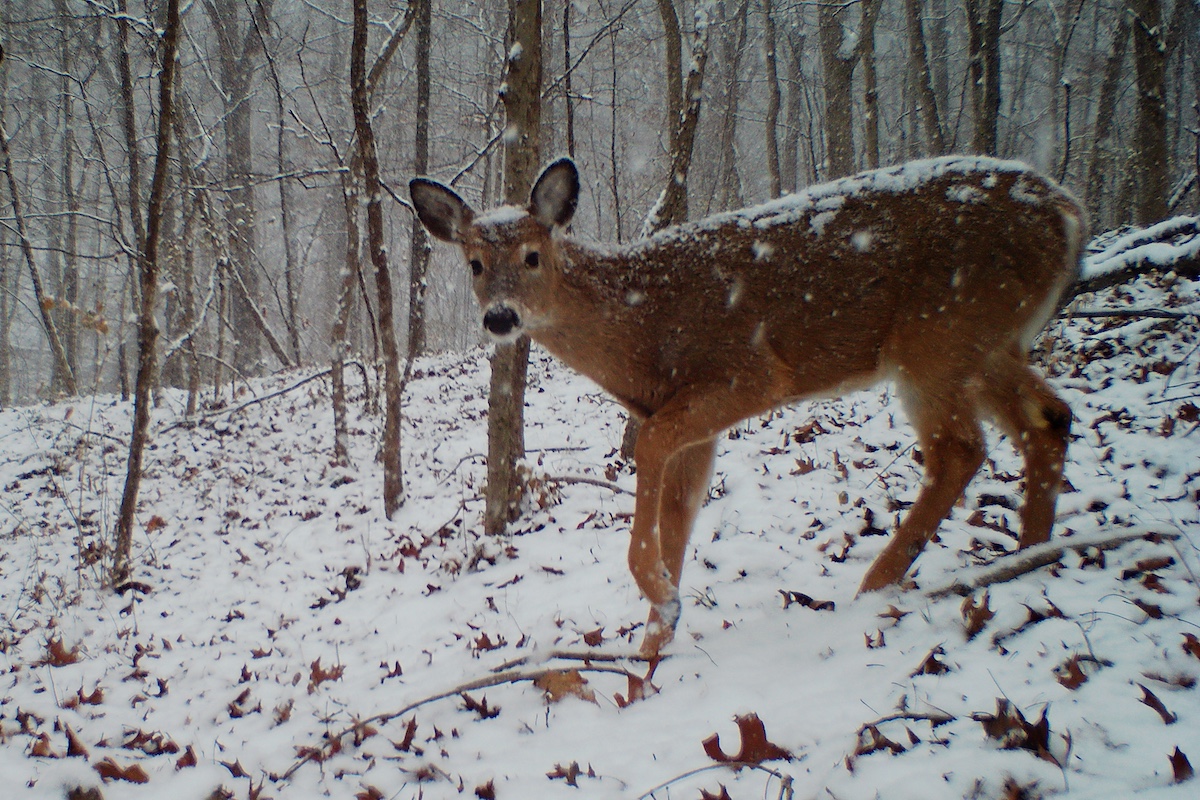
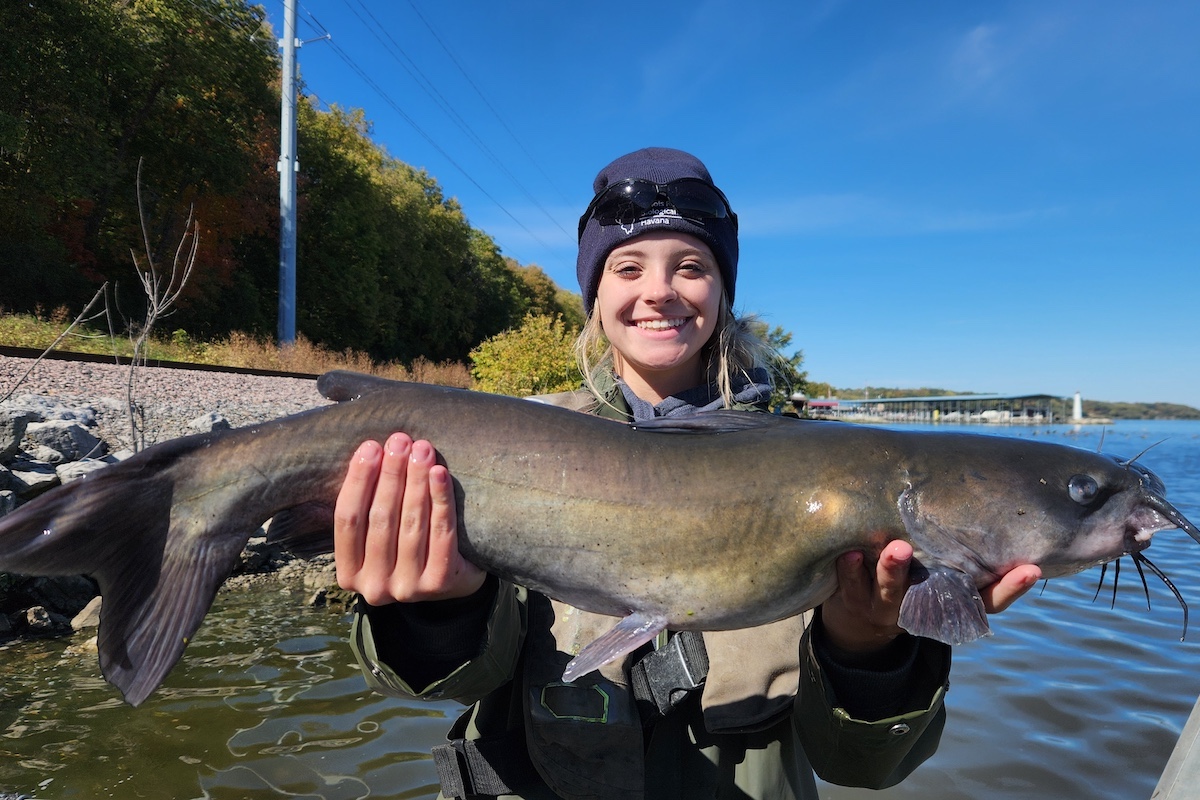
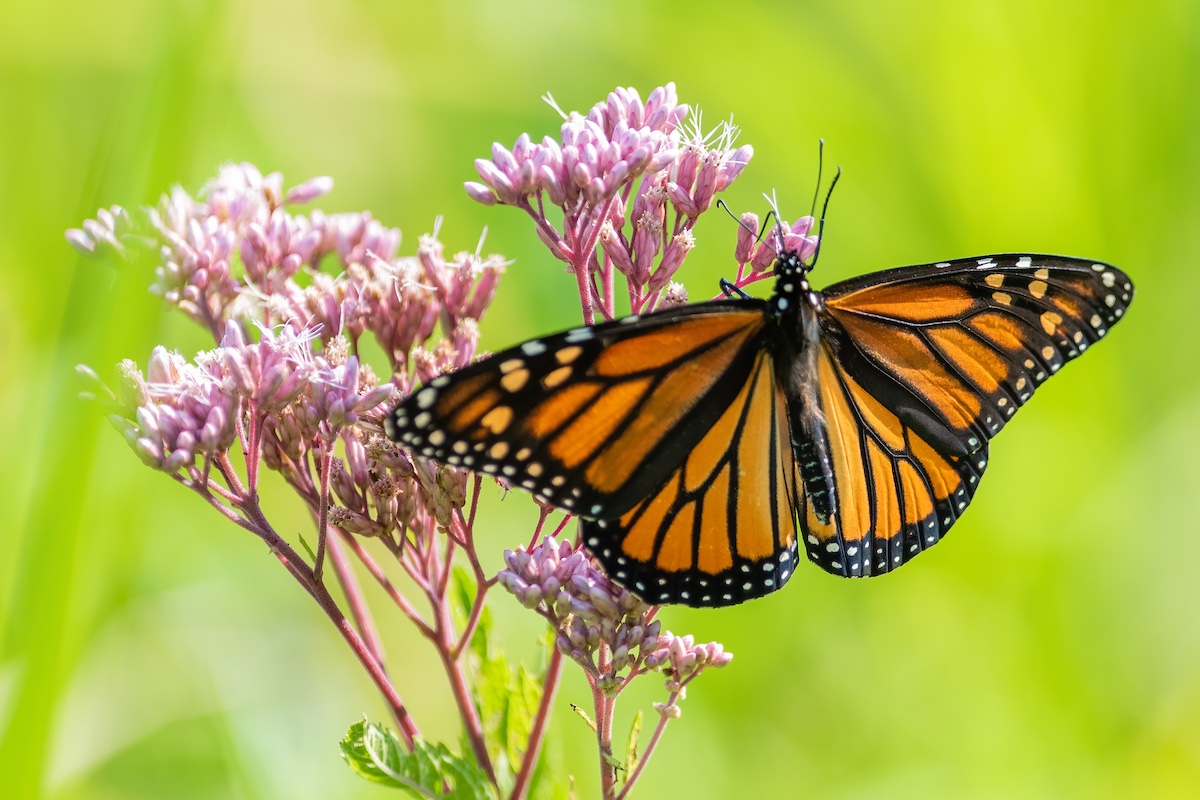
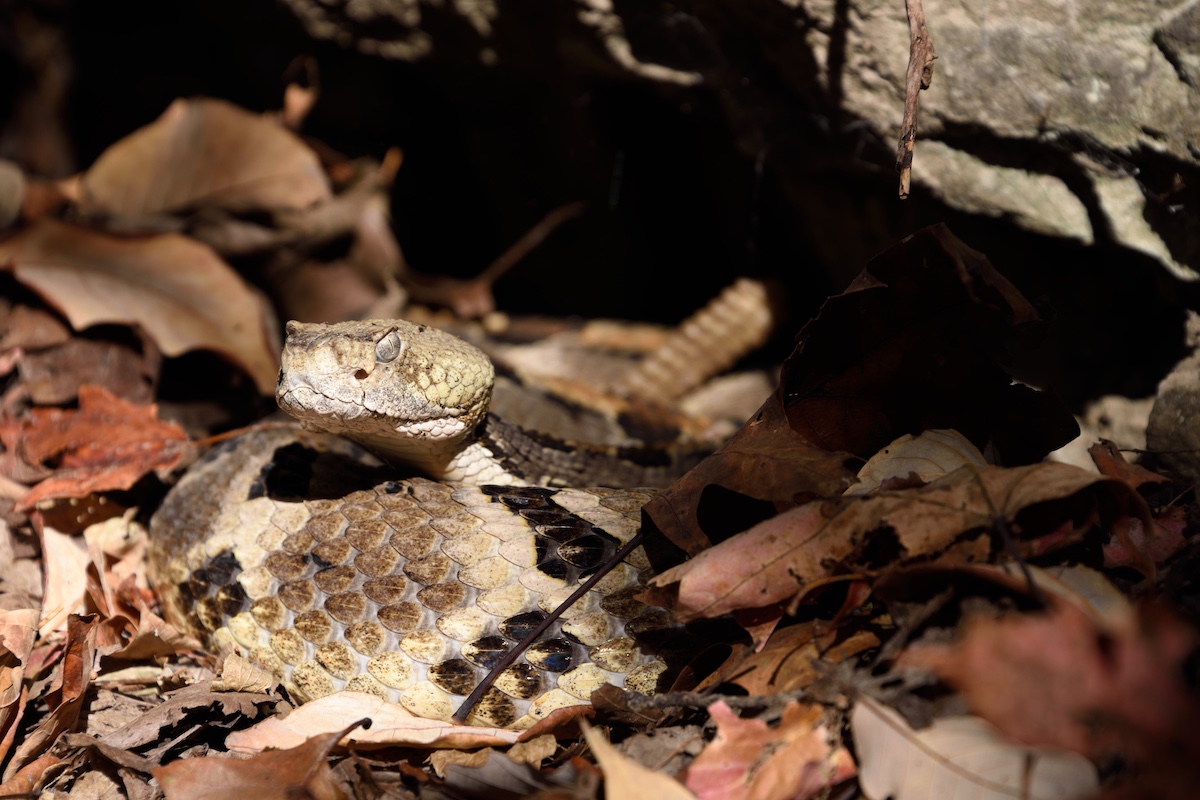
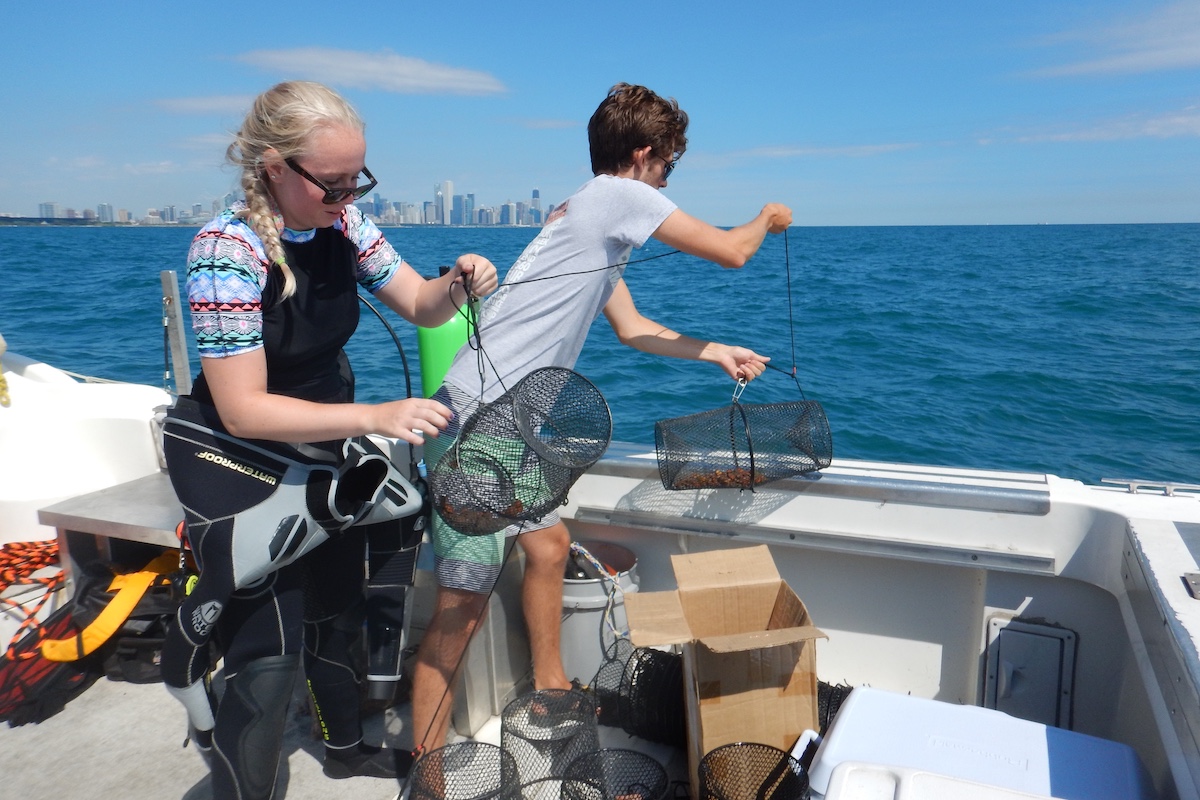
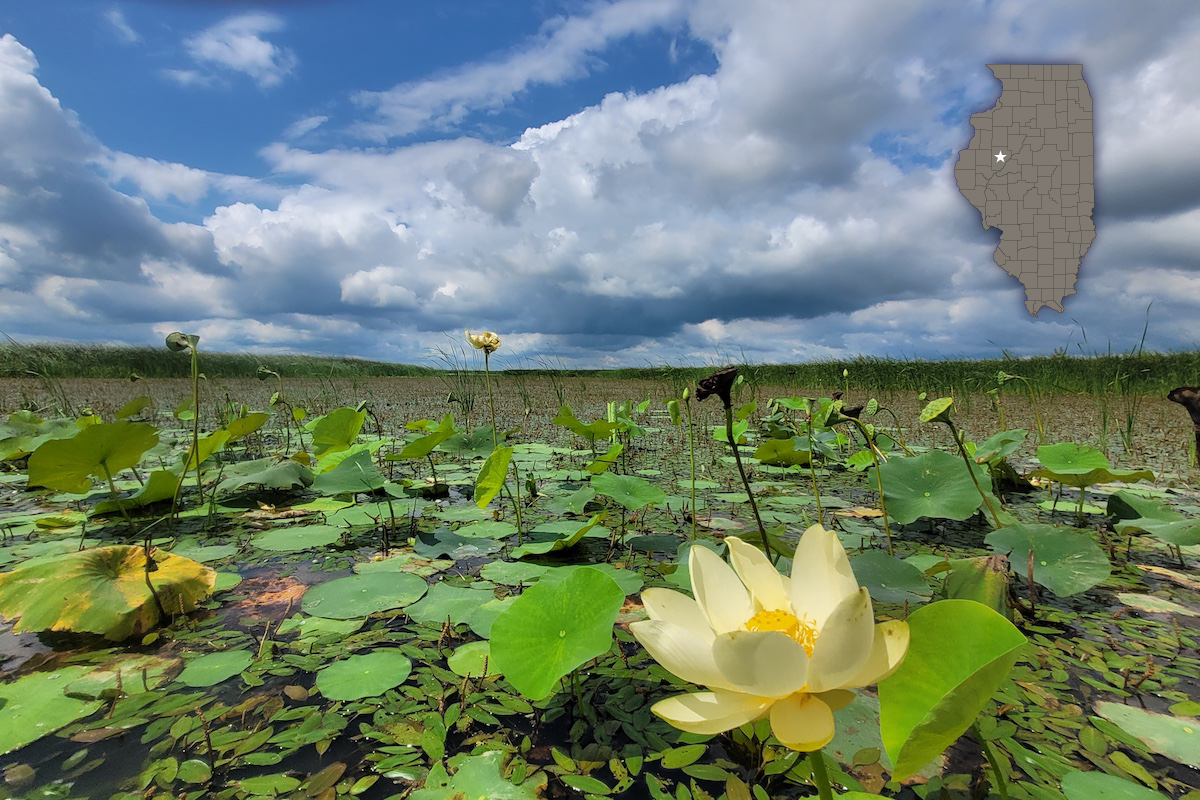
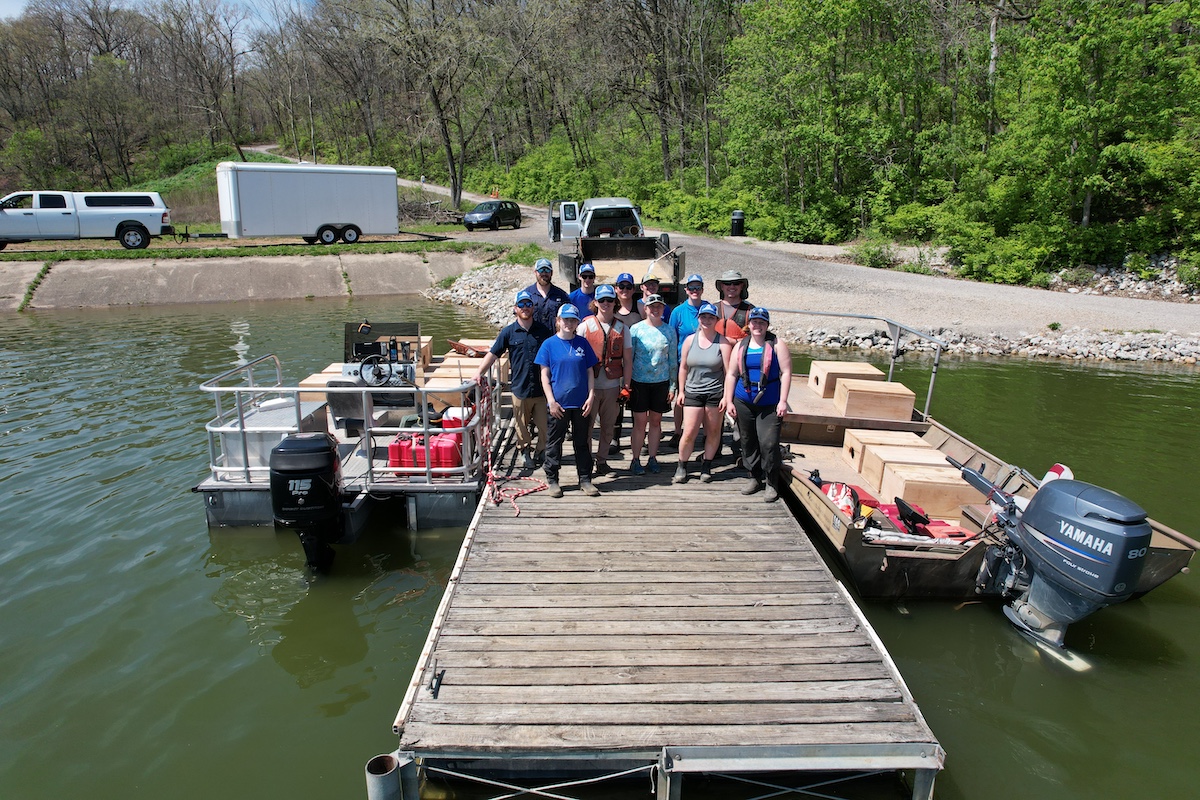


Submit a question for the author